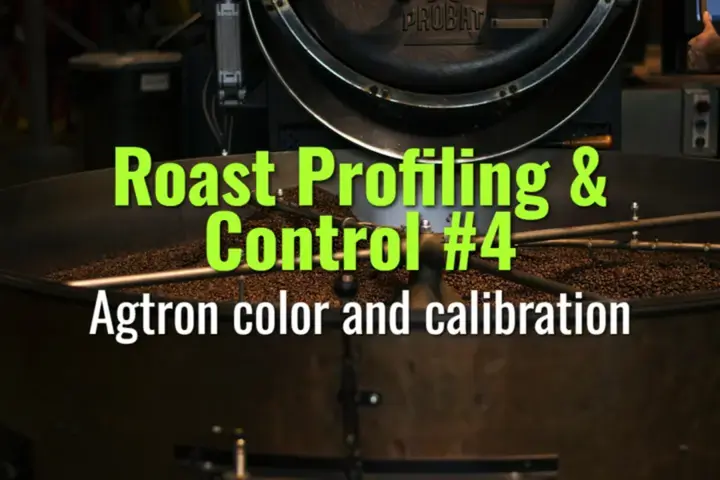Agtron color and calibration
This topic covers the use of Agtron meters for measuring roast color and how to properly calibrate devices to ensure consistency across batches.
- Coffee Basics Nerds
- 1 min read

Key Concepts
-
Agtron Color Measurement:
-
Agtron meters quantify the roast color of coffee using reflectance or light transmission.
-
Values typically range from 0 (very dark) to 100 (very light), depending on the scale (G or Q scale).
-
Provides an objective metric to complement visual assessment.
-
Calibration:
-
Essential to ensure accurate, repeatable readings.
-
Use standardized calibration tiles or reference samples.
-
Regularly check meter consistency, especially after relocation or extended use.
-
Application in Roast Profiling:
-
Track color changes during roasting to match desired roast levels (light, medium, dark).
-
Compare batches to ensure uniformity across roasts.
-
Combine with sensory evaluation to validate target profiles.
-
Best Practices:
-
Measure beans immediately after cooling to reduce variability.
-
Record Agtron values in roast logs alongside DTR and RoR data.
-
Train team members on proper handling and measurement techniques.
-
Impact on Quality Control:
-
Consistent Agtron readings help maintain brand identity.
-
Early detection of roast deviations allows corrective adjustments before packaging.
Summary
Agtron meters are a vital tool for objective roast color measurement. Proper calibration and consistent measurement practices ensure repeatable roast profiles and reliable quality control.